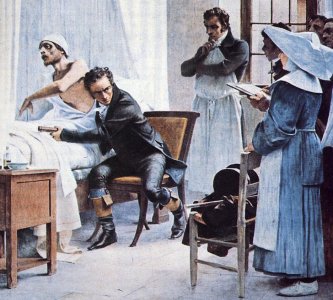Illuminer l'invisible : médecins, détectives et corps transparents dans la culture victorienne
Résumé
This essay investigates the pervasiveness, in Victorian culture, of narratives and images striving to bring to light the invisible interiors of the body. Although the 19th century precedes the advent of medical imaging, it is in this period that the possibility to turn the inner body into an image of transparency begins to be invested with the power of generating a superior form of knowledge. The essay traces the existence of such narratives and images in both medical investigation and detective stories, as medical doctors and detectives alike are endowed with a similarly powerful gaze, empowered by specialist knowledge and mediated by technologically advanced devices like the stethoscope and the camera lens. After illustrating the similarities between medical and literary narratives of ‘detection’, the essay focuses on two examples of transparent bodies in Victorian imagination: the (mainly female) body consumed by tuberculosis and the body of the criminal. Both instances trigger a sort of hermeneutical task in the expert observer, and this task requires the making of a transparent picture of the body. While consumptive fallen women invite the expert gaze to investigate the life of the sufferer in order to locate the moral spot that phthisis will cleanse with death, literary detectives, like criminal anthropologists, diagnose the criminal nature by unveiling deceptive surfaces and appearances with the aid of the camera. By creating a transparent image of the individual as well as the social body, these narratives spread the fascination with (but also the horror at) the possibility of exposing one’s inner life to the gaze.

Téléchargements
Publiée
Comment citer
Numéro
Rubrique
Licence
(c) Tous droits réservés Elephant & Castle 2023

Ce travail est disponible sous la licence Creative Commons Attribution 4.0 International .





